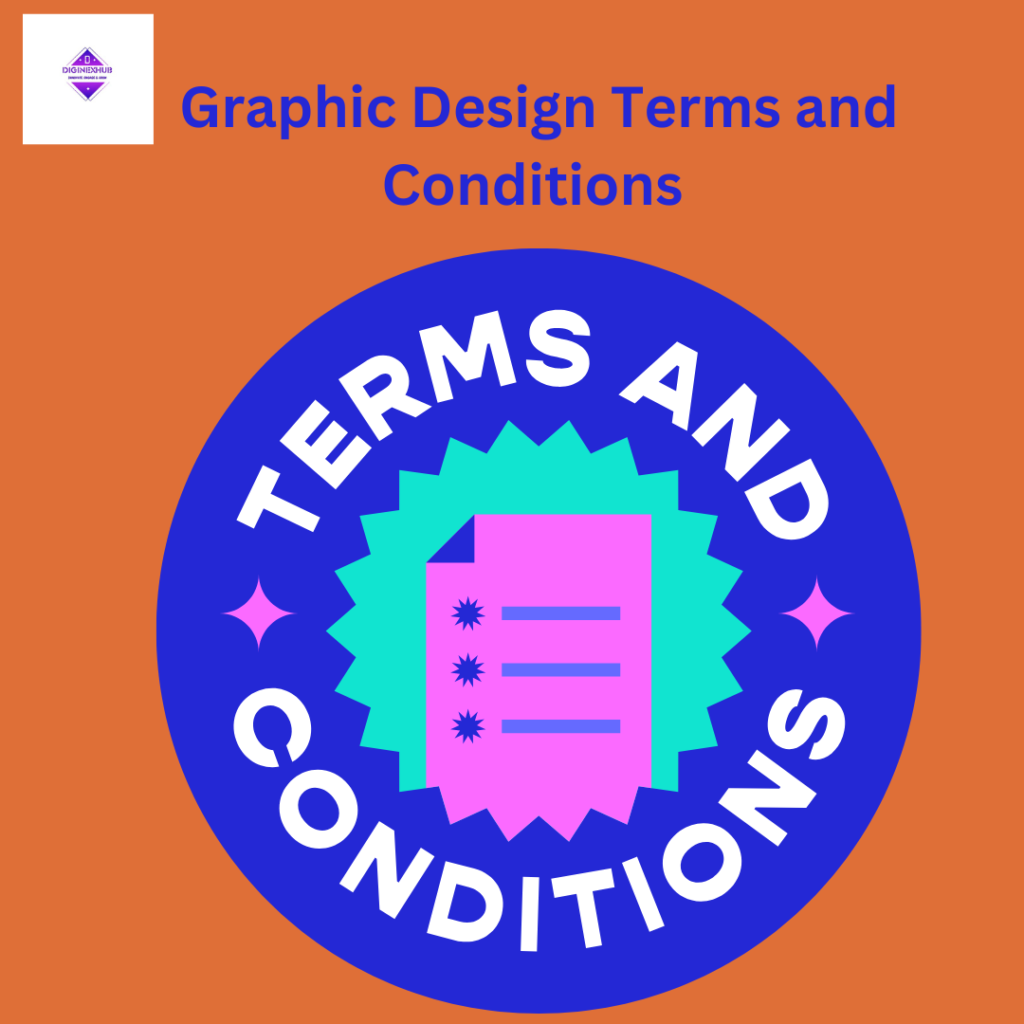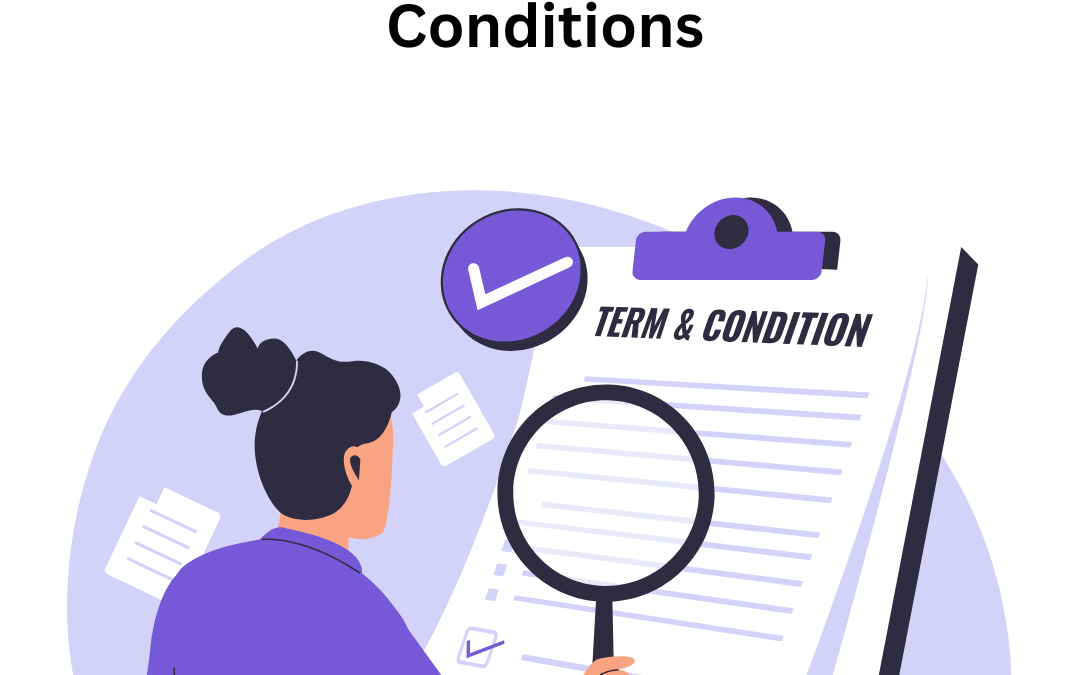Graphic design isn’t pretty much creativity—it’s also about professionalism and clarity. Whether you are an unbiased freelancer or part of a larger design corporation, having a nicely-drafted Graphic Design Terms and Conditions document can save you time, money, and capability complications. It units the inspiration for trust and mutual expertise among you and your customers.
In this blog, we’ll stroll you thru the important additives of picture layout phrases and situations, why they count number, and suggestions for growing a complete document that safeguards your hobbies.
Contents
Why Are Terms and Conditions Necessary for Graphic Designers?
As a photo clothier, you balance artistic expression with enterprise objectives. A lack of clean guidelines can result in misunderstandings, scope creep, or payment delays. Terms and conditions serve to:
- Set Expectations: Outline deliverables, timelines, and duties.
- Protect Your Rights: Clarify possession of the work and intellectual assets.
- Prevent Disputes: Provide a framework for coping with revisions, cancellations, or disagreements.
- Streamline Payments: Clearly define fee terms to avoid awkward conversations.
Without this felony backbone, even the most sincere initiatives can go off track.

What to Include in Graphic Design Terms and Conditions
1. Scope of Work
Clearly defining the scope prevents clients from requesting work outdoor the agreed-upon terms. It must cover:
- Deliverables: The specific files, designs, or outputs you’ll offer (e.G., emblem files, social media posts).
- File Formats: Specify the layout of the deliverables (JPG, PNG, AI, and many others.).
- Number of Concepts or Revisions: Outline how many initial standards and revisions are blanketed.
Example:
“Three logo standards will be brought inside 5 running days. The purchaser can select one for similarly development, with two rounds of revisions protected.”
2. Payment Terms
Payment terms are the backbone of any expert settlement. Include:
- Pricing Structure: Mention whether your charges are hourly, venture-primarily based, or on a retainer.
- Deposit Policy: Many designers require an in advance price (typically 50% of the overall rate).
- Payment Timeline: Specify while payments are due, inclusive of very last balances.
Pro Tip: Late fee clauses can encourage well timed payments. For instance:
“Payments no longer acquired within 14 days will incur a 10% late fee.”
3. Intellectual Property Rights
This is one of the maximum debated components of picture layout contracts. Decide:
- Who owns the layout: Will the rights switch to the customer after charge, or will you hold ownership?
- Usage rights: Can the customer use the layout across a couple of platforms, or are there regulations?
Example:
“All rights to the final design switch to the client upon full price. The dressmaker keeps the proper to exhibit the work of their portfolio.”
4. Revisions Policy
Scope creep regularly stems from unclear revision policies. Specify:
- How many revisions are covered for your charge.
- Additional charges for extra revisions.
Example:
“This agreement consists of rounds of revisions. Additional revisions could be billed at $50 consistent with hour.”
5. Timeline and Deadlines
To avoid delays, define your transport timelines and the purchaser’s obligations for offering feedback or substances:
- Specify mission milestones.
- Detail consequences for customer-triggered delays.
Example:
“Initial principles could be delivered inside 10 business days. Delays in comments may bring about an prolonged timeline.”
6. Cancellation and Refunds
Clients can also cancel a undertaking for numerous motives, and it’s essential to have a coverage in place:
- Are deposits refundable?
- What happens if the customer cancels mid-assignment?
Example:
“If the challenge is canceled after paintings has started, the deposit is non-refundable.”
7. Confidentiality and Non-Disclosure
Clients often share touchy records for the duration of a venture. A confidentiality clause assures them their records is safe: “All shared substances, such as branding techniques, will remain private.”
Comparison of Freelance vs. Agency Terms and Conditions
| Aspect | Freelancer | Agency |
|---|---|---|
| Flexibility | Often more flexible and negotiable | Fixed structure with minimal leeway |
| Payment Policy | May adjust based on project complexity | Typically standardized |
| Scope of Work | Defined but may expand based on rapport | Strictly defined |
| Revisions | Limited and charged for extras | More generous but controlled |
| Ownership | Retains some rights post-completion | Transfers rights after payment |
How to Draft Terms and Conditions
- Research Industry Standards: Look at examples from different designers to understand general practices.
- Tailor for Specific Projects: Customize terms for exclusive customers and tasks.
- Consult Legal Professionals: Seek advice to make certain compliance with neighborhood laws.
- Use Tools: Platforms like Bonsai, Docracy, and HelloSign offer templates to streamline the technique.
- Does Podcast Image Help with SEO? Boost Your Rankings in 2025
- How to remove my business from google maps
- How myntra logo is offensive : A Look at the Controversy
- Future of network marketing in India 2025: Predictions for Growth in India
Common Mistakes to Avoid
- Vague Language: Be precise to avoid loopholes.
- Skipping Payment Policies: Always outline payment schedules and overdue charges.
- Ignoring Intellectual Property: Protect your rights because the author.
- Failure to Update Terms: Regularly revisit your phrases to mirror your evolving commercial enterprise model.
Examples of Real-World Terms
Here are snippets from installed designers’ agreements:
- Payment Terms: “A 50% deposit is needed earlier than paintings begins. Final price is due upon shipping.”
- Revisions: “Additional revisions beyond the agreed two rounds can be billed at $one hundred/hour.”
- Ownership Rights: “The customer profits different rights to the design upon charge. The clothier keeps the right to use the paintings in their portfolio.”
Conclusion
Graphic layout phrases and conditions are more than only a formal requirement; they’re a important part of professional practice. By absolutely outlining expectations, protective your rights, and detailing charge and undertaking policies, you may recognition on what you do exceptional—creating lovely designs.

